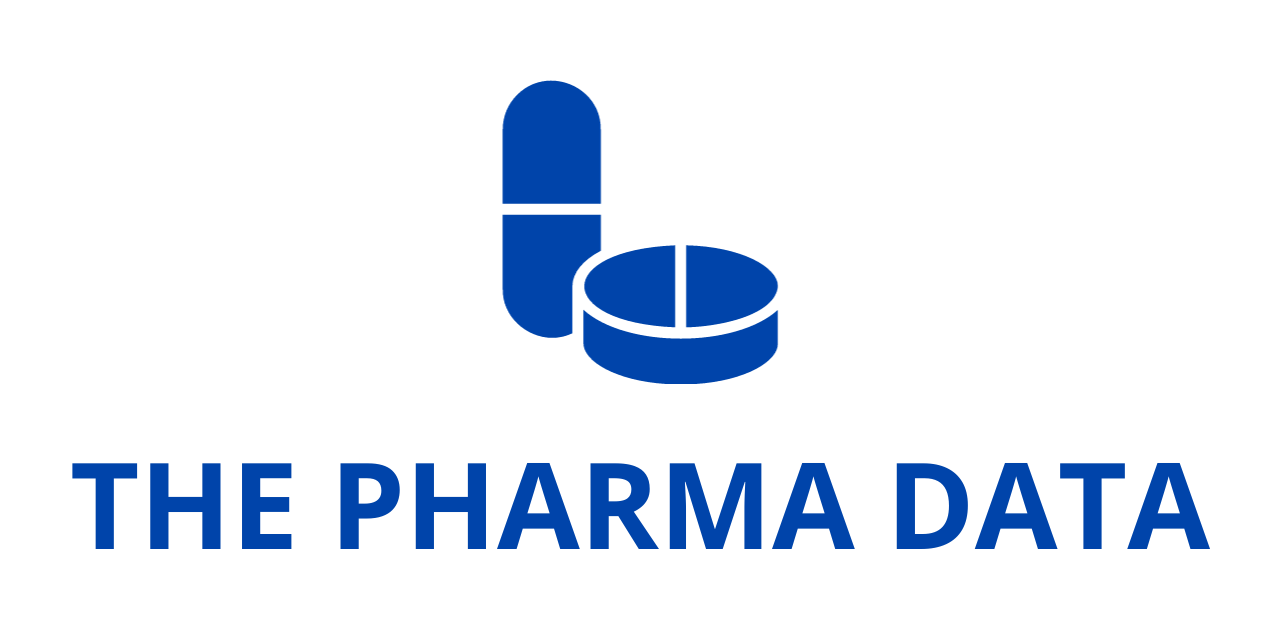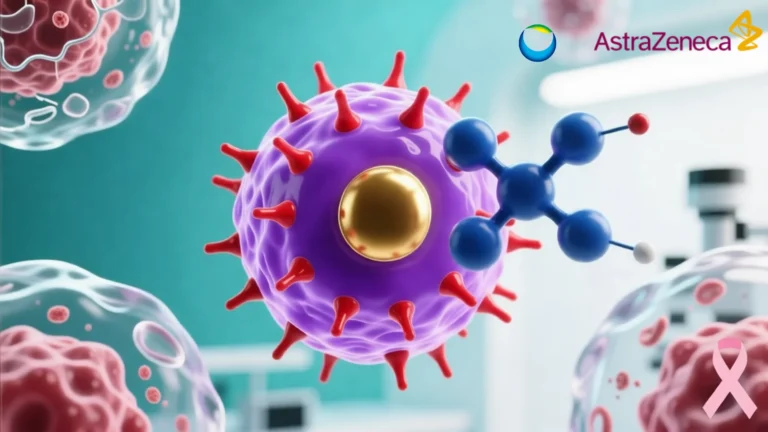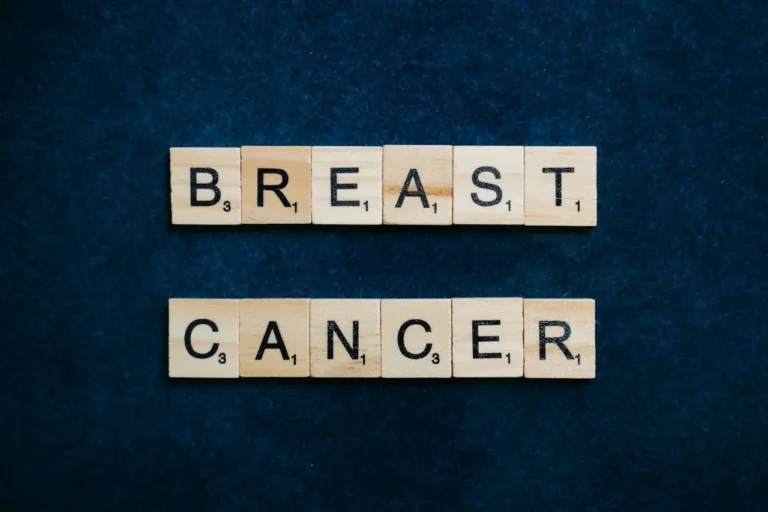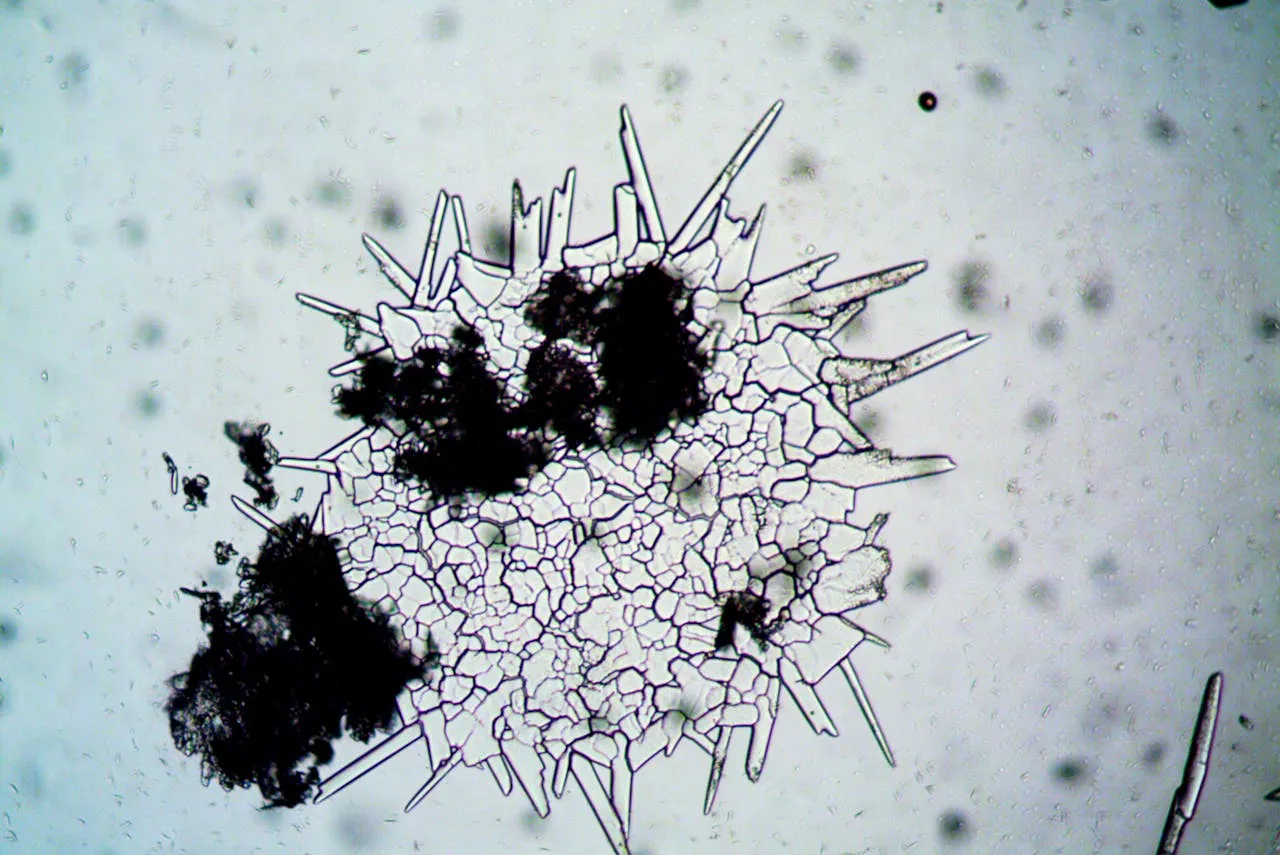
New International Guidelines Released for the Treatment of Candida Fungal Infections
A groundbreaking global guideline for the diagnosis and treatment of Candida infections has been published in The Lancet Infectious Diseases. This comprehensive guideline establishes new standards for the management of fungal infections that affect millions of people worldwide each year. By providing updated recommendations for clinicians, the guideline aims to improve patient outcomes, optimize treatment strategies, and promote global consensus on best practices for treating invasive Candida infections.
Development of the Guideline
The guideline was developed by an international team of over 100 experts from 35 countries, led by Professor Dr. Oliver A. Cornely and Dr. Rosanne Sprute from the University Hospital of Cologne. This extensive collaboration underscores the global importance of candidiasis as a major infectious disease affecting immunocompromised individuals, critically ill patients, and those undergoing invasive medical procedures.
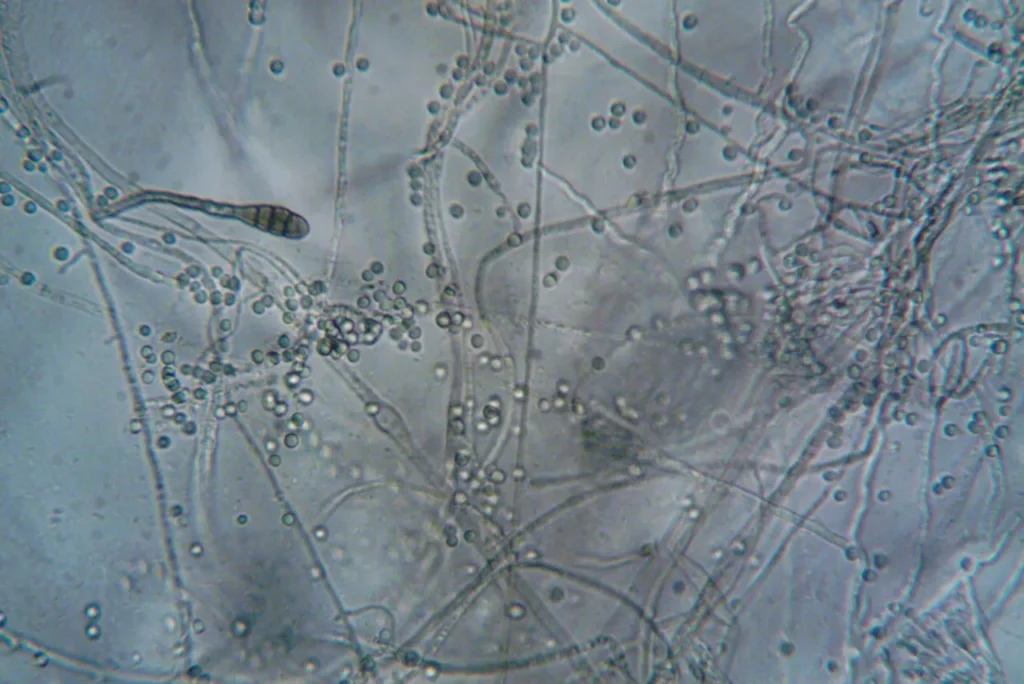
With the increasing burden of fungal infections, a structured and evidence-based approach was necessary to provide clinicians with the latest advancements in diagnosis and treatment. The new guideline represents four years of rigorous research, analysis, and expert discussions to ensure its recommendations align with the most recent clinical evidence and therapeutic innovations.
Rezafungin and Echinocandins as First-Line Therapy
One of the most notable updates in the guideline is the inclusion of rezafungin as a strongly recommended first-line treatment option for Candidaemia and other invasive Candida infections. This recommendation follows rezafungin’s approval by the European Medicines Agency (EMA), marking a significant milestone in antifungal therapy.
Rezafungin belongs to the echinocandin class of antifungal agents, which are preferred for their broad antifungal activity, favorable safety profile, and efficacy in treating invasive candidiasis. Echinocandins, including rezafungin, are particularly effective in treating Candida infections in most body systems, with the exception of central nervous system (CNS) and ocular infections, where alternative therapies may be required due to limited drug penetration.
This endorsement of echinocandins as first-line therapy highlights the growing recognition of their superior effectiveness in treating invasive Candida infections, reducing resistance risks, and improving patient outcomes.
Key Recommendations in the Guideline
The new global guideline provides a comprehensive framework for the prevention, diagnosis, and treatment of various forms of candidiasis. The document includes several key recommendations that will help healthcare professionals adopt best practices in managing Candida infections:
1. Prevention Strategies
- Risk Factor Identification: Identifying high-risk patients, such as those in intensive care units (ICUs), immunocompromised individuals, and patients undergoing organ transplants or chemotherapy, to implement timely preventive measures.
- Antifungal Prophylaxis: The guideline recommends targeted antifungal prophylaxis for patients at high risk of invasive candidiasis, particularly those with prolonged ICU stays, recent abdominal surgery, or the presence of central venous catheters.
- Infection Control Measures: Strict adherence to hospital infection control protocols, including hand hygiene and catheter management, to reduce nosocomial Candida infections.
2. Diagnostic Innovations
- Non-Culture-Based Diagnostics: The guideline promotes the use of advanced non-culture-based diagnostic methods, such as PCR-based assays, β-D-glucan testing, and T2Candida assays, to enable rapid and accurate detection of invasive Candida infections.
- Blood Culture Optimization: While blood cultures remain the gold standard, their low sensitivity necessitates the use of complementary diagnostic tools to improve early detection rates.
- Imaging and Biomarkers: Utilization of imaging techniques, such as CT scans and echocardiography, along with fungal biomarkers, can aid in the early identification of disseminated candidiasis.
3. Treatment Strategies
- First-Line Therapy: Echinocandins (including caspofungin, micafungin, and anidulafungin) are recommended as first-line treatment for most invasive Candida infections due to their potent antifungal activity and low toxicity.
- Role of Rezafungin: Rezafungin is highlighted as a novel echinocandin with a prolonged half-life, allowing for once-weekly dosing, which can enhance patient adherence and reduce hospital resource utilization.
- Step-Down Therapy: For stable patients responding to initial echinocandin therapy, a step-down to fluconazole is advised once susceptibility is confirmed.
- Treatment Duration: The guideline recommends a minimum treatment duration of 14 days from the first negative blood culture to ensure complete eradication and prevent recurrence.
4. Special Considerations
- Management of CNS and Ocular Candidiasis: Due to poor penetration of echinocandins into the CNS and ocular compartments, the guideline recommends liposomal amphotericin B or high-dose fluconazole for these specific infections.
- Resistant Candida Strains: In cases of echinocandin-resistant Candida species, liposomal amphotericin B or combination antifungal therapy may be required.
- Pediatric and Neonatal Considerations: Special dosing regimens and treatment strategies are outlined for neonates and pediatric patients, who have unique pharmacokinetic considerations compared to adults.
Impact of the Guideline on Clinical Practice
The release of this new guideline is expected to have a significant impact on the clinical management of Candida infections worldwide. By incorporating the latest research findings, innovative diagnostic approaches, and newly approved antifungal agents, the document provides a structured framework for clinicians to enhance patient care.
Healthcare professionals will benefit from clear guidance on when and how to initiate antifungal therapy, how to optimize diagnostic workflows, and how to manage challenging cases involving resistant strains or atypical presentations of candidiasis.
Additionally, the inclusion of rezafungin as a first-line option signifies a shift towards long-acting antifungal agents that can streamline treatment regimens and improve patient adherence.
Endorsement by Global Medical Societies
The guideline has received strong support from more than 70 international professional associations, including:
- European Confederation of Medical Mycology (ECMM)
- International Society of Human and Animal Mycology (ISHAM)
- American Society of Microbiology (ASM)
These endorsements highlight the guideline’s credibility and its expected role in shaping global antifungal treatment standards. The collaboration of international medical societies underscores the need for harmonized approaches to combating fungal infections in different healthcare settings.
